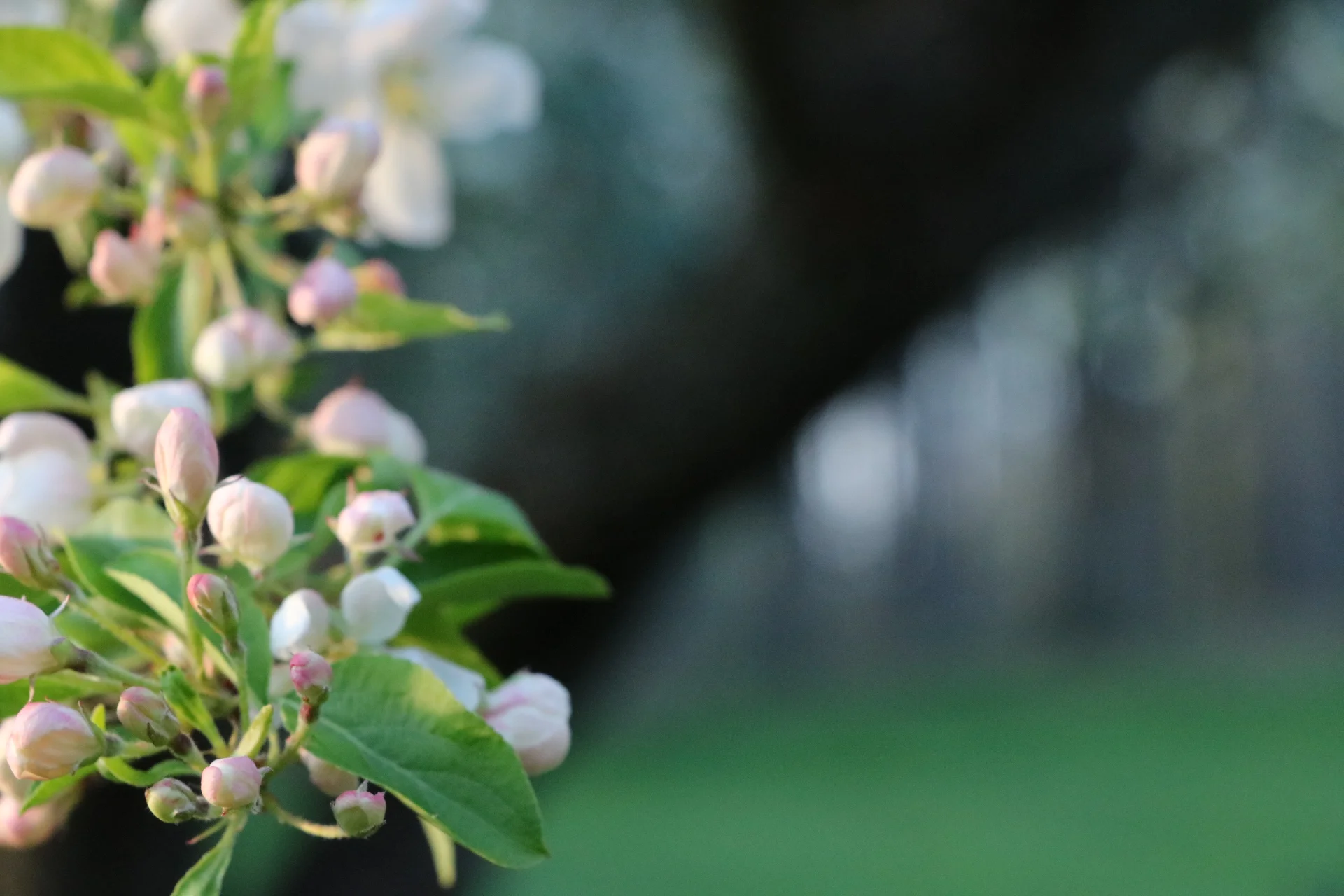My Hives Survived! Early Spring FAQ
/It is SO GOOD to hear the sound of buzzing again after a long Buffalo winter, isn’t it? After the first warm weekend, we start getting questions about what needs to be done to get the hive ready for spring. Here I’ve put together a list of the questions I’ve answered about a hundred times in the last few weeks. I hope it helps, but please reach out if there’s something that you’re unsure about!
When should I remove the hive wrap?
If you wrapped your hives for winter, you may be wanting to take them off as soon as the bees start flying. We typically wait until we get into April before taking them off, and we look at the weather forecast and take that into consideration. Remember, the wrap isn’t warming up the hive, it’s just helping the bees to retain the heat they are generating. There is no danger in leaving it on longer than needed. There is potential danger in removing it too early, though. The cluster of bees remaining in the hive is relatively small at this point in the season, so not able to generate as much heat as a larger colony can. The queen has also started laying eggs as pollen begins to come in. The cluster will spread itself out to protect and warm these eggs. If we get a very cold night, which we are still likely to have, this small, spread out cluster is very susceptible to the cold.
When can I start feeding sugar syrup?
This is another questions that doesn’t have a definitive answer, as it is weather dependent. The recommendation on this one is to hold off on feeding liquid until the average temperature is above 50 degrees. Sometimes this is in early April, sometimes not. Check the extended forecast and make your determination. If your colony needs supplemental feed, continue using patties until switching to liquid.
When do I switch to pollen patties?
We usually start putting pollen patties in the hives in the beginning part of April, switching from the winter patties that have less pollen in them. Pollen coming into the hive naturally stimulates brood production, so if we are adding it we want to time it right. Check out the Bee Math graphic below.
Should I remove the mouse guard?
While mice can be an issue any time of the year, they typically don’t bother beehives when the bees are active. It’s ok to remove the mouse guard at any point, and may make it easier to clean some of the dead bees out of the way.
Do I need to clean the hive?
The bees are very good at taking care of their space and will likely do just fine without your intervention. However, we make it a habit to clean the layer of dead bees off of the bottom board once we get into the hives and do a full inspection. It may still be some time before it’s warm enough to do that, so we’ll often stick a hive tool in through the entrance and scrape away some of the dead bees that have accumulated over the winter.
Do I need to switch the boxes around?
Ah, another question with no right answer. Many beekeepers will switch the top brood box, that probably has most of the bees in it by spring, to the lower position. The thinking is that bees will move up and not as readily back down into the empty lower box. We’re not sure it matters much, as the bees seem to figure out what to do either way. If you do switch boxes, just be sure you are not breaking up the brood nest.
The best advice at this point in the season is to largely leave your bees undisturbed until it is warmer outside, except for feeding. Feeding can be critical to the survival, even at this point when spring feels so close..



